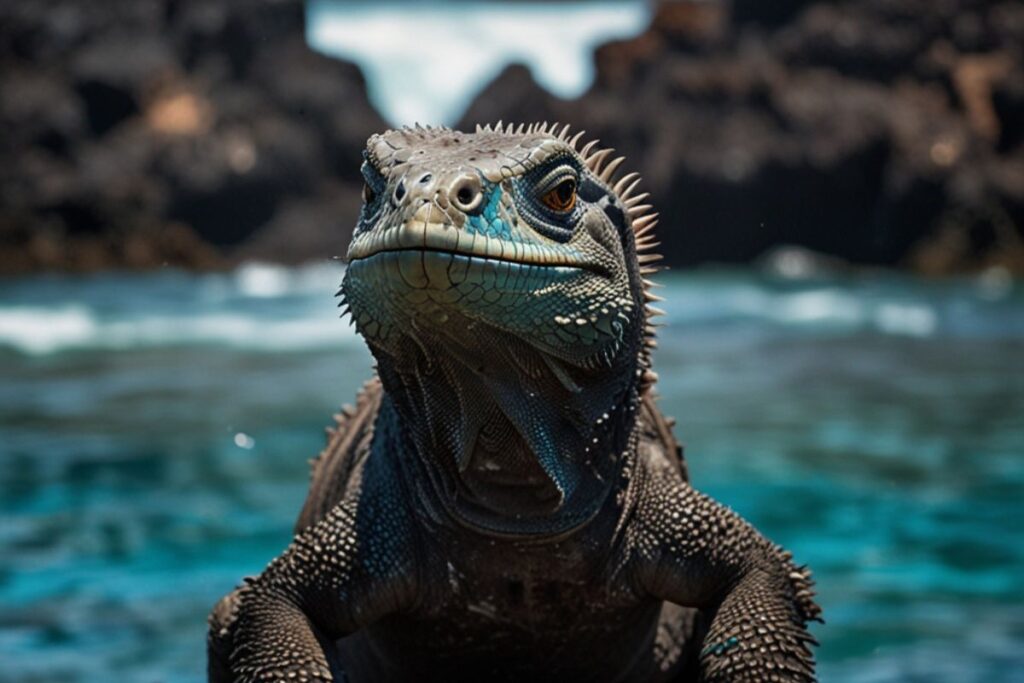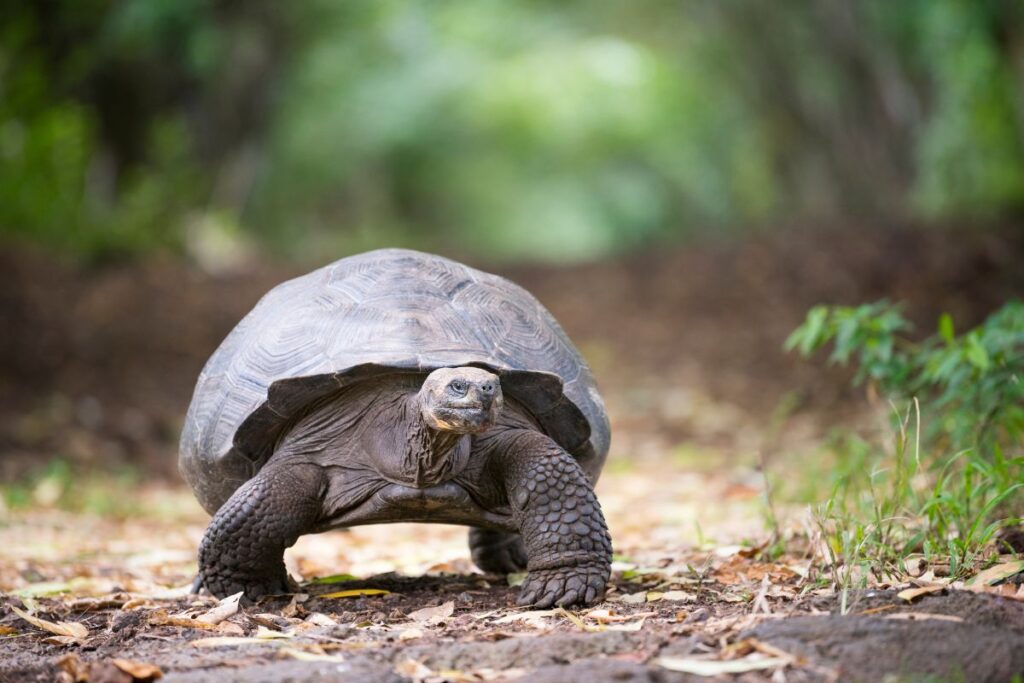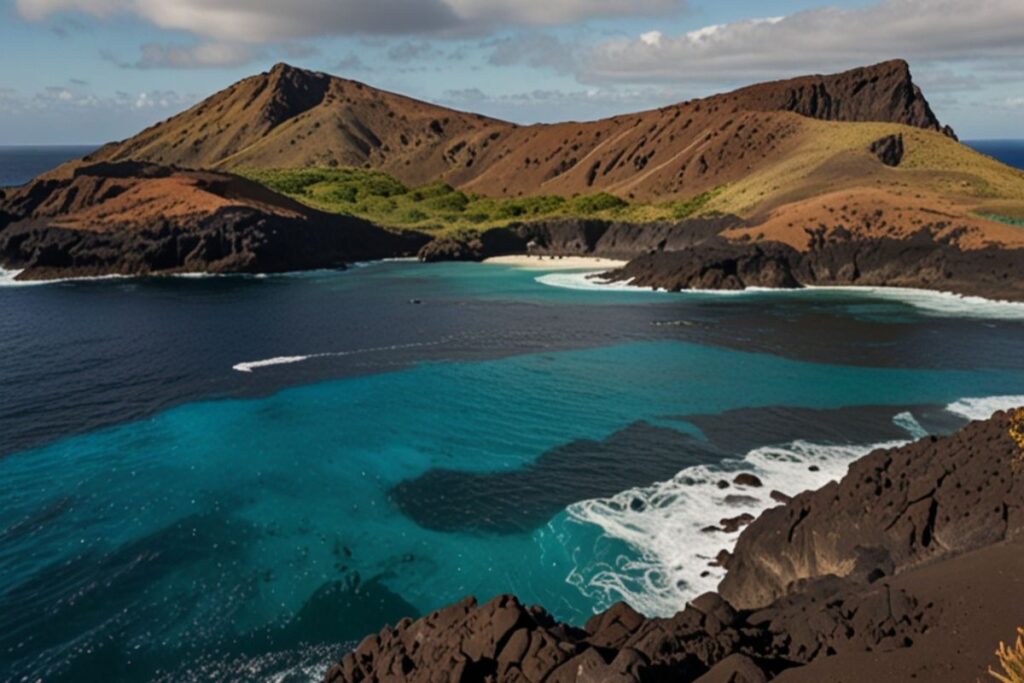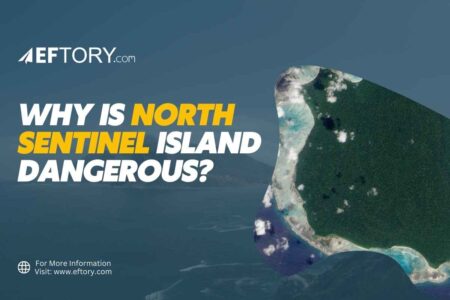The Galapagos Islands Belong To Which Country?
The Galápagos Islands, a group of volcanic islands is located in the Pacific Ocean to the west of Ecuador with a distance of 906 kilometers (563 miles). These islands are famous for their geographical and ecological values.
These islands which originated from volcanic activities are considered the most bio-diverse region and in these islands, you can find many animal species that are not found anywhere in the world such as Galápagos tortoises, marine iguanas and various finches that played an important role in the evolution theory formulated by Charles Darwin.
The location of the islands and the variety of geographical conditions ranging from desert to highland have produced distinct and highly specialized plant and animal life, which makes the Galápagos unique evolutionary experiment and the site of UNESCO World Heritage.

History of Galapagos Islands:
The discovery of the Galápagos Islands was accidental; The Islands were discovered by Fray Tomás de Berlanga in 1535 while his ship was going to Peru, but it drifted off course. Through the ages, the islands were visited by thieves, hunters, and discoverers; however, they were never colonized. Later in 1832, the Ecuadorian government decided to incorporate the Galápagos archipelago into its territory naming the islands Archipiélago de Colón (now named as Galapagos Islands), in reference to Christopher Columbus. In 1906 there was the start of the official colonization by Ecuadorians.
The islands gained international fame in 1835 when Charles Darwin visited this island whose research on the Galapagos Islands assisted him in the formulation of his theory of evolution by natural selection. In 1959, Ecuador established the Galápagos National Park which incorporates 97% of the land area, thus, showing the utmost intention to protect this area. Presently the islands hold UNESCO world heritage status because of their ecological and historical significance in the globe.

Tourism & Environmental Protection:
Tourism plays a critical role in the economy of the Galápagos Islands, and tourists who are interested in the nature and wildlife of the archipelagos visit this region from all over the world. Some fun activities tourists can participate in include wildlife viewing and photography, boat rides, snorkeling/diving, and nature walks.
To ensure the protection of such fragile islands, the Galápagos National Park Directorate (GNPD) takes strict measures to regulate and restrict human interference with the ecosystem of the islands. Some of these measures are the daily visitor limit, the use of certified naturalist guides, and defining specific visitor sites which are well illustrated by trail signs.
Also, there are guidelines that relate to the fact that one cannot pet or feed the animals, waste disposal is not allowed, and one has to stay on the tracks when visiting the area to minimize interacting with wildlife. These measures are very important in maintaining the delicate ecosystem of this place and making the Galápagos Islands one of the most preserved natural wonders.
Islands:
There are 12 major islands, 6 smaller islands, and numerous islets and rocks in the Galápagos Islands. Here are a few major islands:
Isabela Island: It is the largest island of the archipelago.
Santa Cruz Island: Central hub for Tourists. This island is home to Puerto Ayora, the largest town in the Galápagos Islands. If you want to see the giant tortoises, Santa Cruz is a great choice. This is also referred to as the research center of Charles Darwin.

San Cristobal Island: This island is where the capital of the Galápagos province, Puerto Baquerizo Moreno is located.
Floreana Island: This island is famous for its history of piracy and whaling.
Santiago Island: This island is known for its volcanic landscapes and lava formations.
| Category | Number | Description |
|---|---|---|
| Major Islands | 12 | Isabela, Santa Cruz, San Cristobal, Floreana, Santiago, Fernandina, Española, Genovesa, San Salvador (Santiago), Santa Fe, Pinzón, Marchena |
| Smaller Islands | 6 | Baltra, Rábida, Seymour Norte (North Seymour), Seymour Sur (South Seymour), Daphne Major, Daphne Minor |
| Islets & Rocks | Numerous | Impossible to Count. |
Getting to the Galapagos Islands:
You can’t directly travel to the Galapagos Islands by sea from mainland Ecuador or anywhere else. One has to first reach mainland Ecuador and then board a flight to the Galapagos Islands.
There are no direct international flights to the Galapagos Islands. You’ll need to book a flight to either Quito or Guayaquil, these are two main cities of Ecuador.
Several airlines offer connecting flights from Quito and Guayaquil to the Galapagos Islands, including LATAM, Avianca, and Tame. Flights from Quito typically include a layover in Guayaquil to pick up more passengers before continuing to the Galapagos. The flight time from mainland Ecuador to the Galapagos Islands is generally between 1.5 to 2.5 hours.
When arriving at the Galapagos airport, there are bio-security checks that visitors have to go through. This involves luggage inspection to ensure that people are not bringing in any items that could harm the delicate ecosystem. You’ll also need to pay the mandatory Galapagos National Park Entrance Fee (currently $100 for adults and $50 for children).
Where to Stay in Galapagos Islands:
Frequently Asked Questions:
What should I pack for a trip to the Galapagos Islands?
For a trip to the Galapagos Islands, you need to carry casual clothing, comfortable shoes for walking, trekking, swimming costumes, a cap/hat for sun protection, insect repellent cream, and a re-usable water bottle.
Can I do island hopping in the Galapagos?
Yes, island hopping is a popular way to explore different islands and their unique ecosystems. Various tour operators offer island-hopping itineraries.
What is the best time to visit the Galapagos Islands?
The Galapagos Islands can be visited year-round. Peak season is generally from mid-June to early September and mid-December to mid-January.
What activities can I do in the Galapagos Islands?
Activities you can do in the Galapagos Islands include wildlife viewing (especially iconic species like giant tortoises and marine iguanas), snorkeling, diving, hiking, and visiting research centers and historical sites.
Are there restrictions on where tourists can go in the Galapagos Islands?
Yes, there are restrictions on visiting the Galapagos Islands to protect fragile ecosystems and wildlife. Visitors must follow paths and guidelines set by the Galapagos National Park.
Do I need a visa to visit the Galapagos Islands?
If you’re visiting as a tourist, you typically do not need a separate visa for the Galapagos Islands. It’s always recommended to confirm visa requirements with your local Ecuadorian embassy or consulate before your trip, especially if you have any uncertainties.






